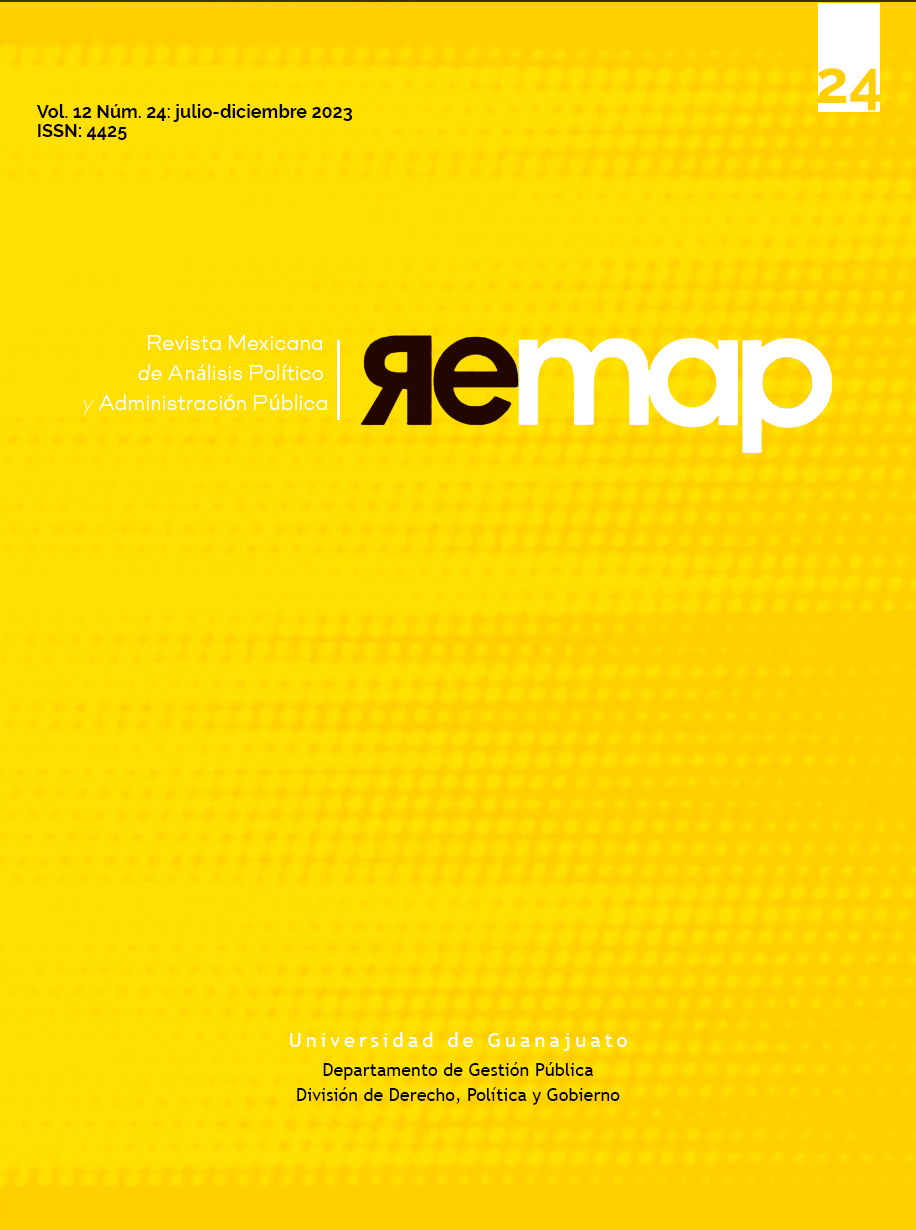Brazilian Parliamentary Elections In 2018 And 2022: From the End of Electoral Coalitions to The Beginning of Party Federations
DOI:
https://doi.org/10.15174/remap.v12i24.407Abstract
The article is in the field of studies on parliamentary elections. The object of analysis is a chance in the rules for presenting candidatures for the House between 2018 and 2022, when electoral coalitions were replaced by Party Federations. The objective is to compare the results by party and region of the country to identify differences in electoral performance based on the percentage of success in the two campaigns. Electoral coalitions existed in the previous two decades, were valid only for the campaigns and presented programmatic and ideological variation, in addition to favoring party fragmentation. Federations are permanent organizations that organize elected representatives with ideological consistency. The comparison between the two elections shows a maintenance of the parties with better electoral success, continuity of distances between large and small parties in the Federation and reduction in the number of parties that presented candidates and that elect representatives in 2022 compared to 2018.
Downloads
Published
How to Cite
Issue
Section
License
Copyright (c) 2024 Emerson U. Cervi

This work is licensed under a Creative Commons Attribution-NonCommercial-NoDerivatives 4.0 International License.
Los autores conservan los derechos de autor y deberán proporcionar por escrito la autorización para la primera publicación, vía red de cómputo e impresa a REMAP. Se permite a terceros utilizar lo publicado siempre que se dé el crédito adecuado y sin propósitos comerciales.
Esta obra está bajo una licencia Attribution-NonCommercial-NoDerivs 4.0 International.
